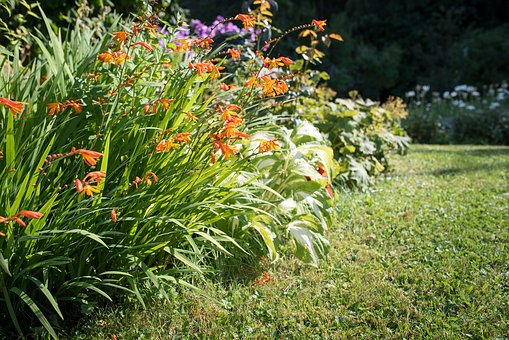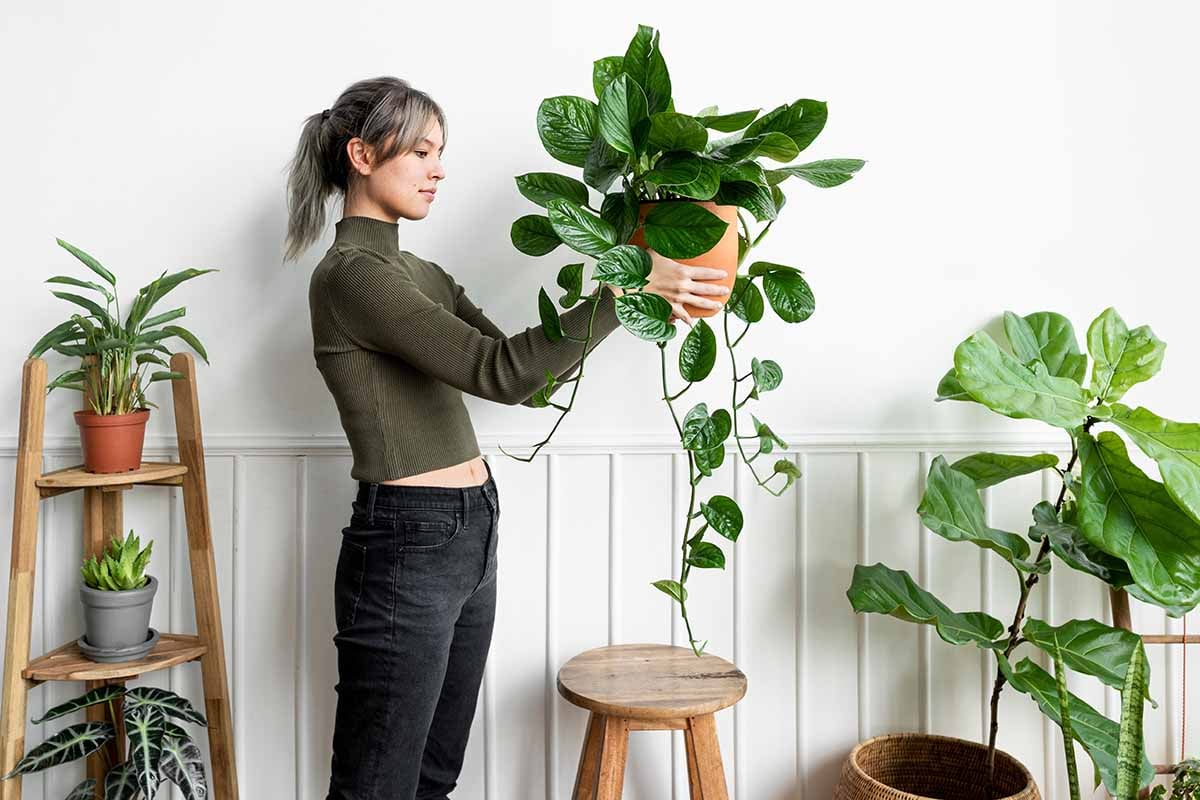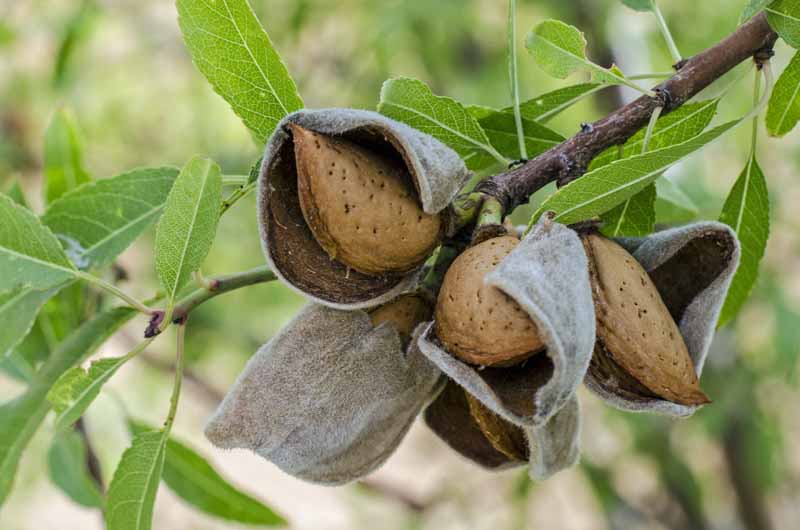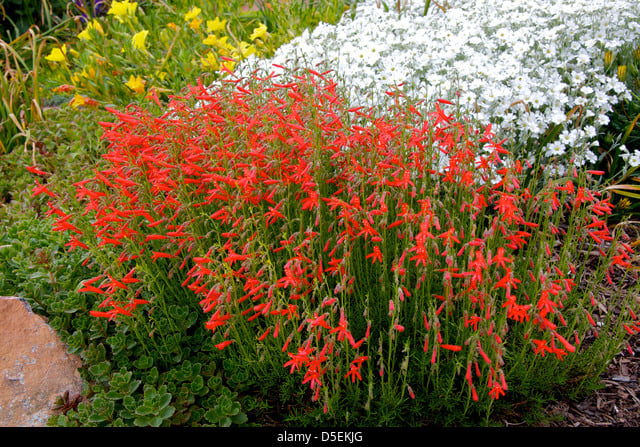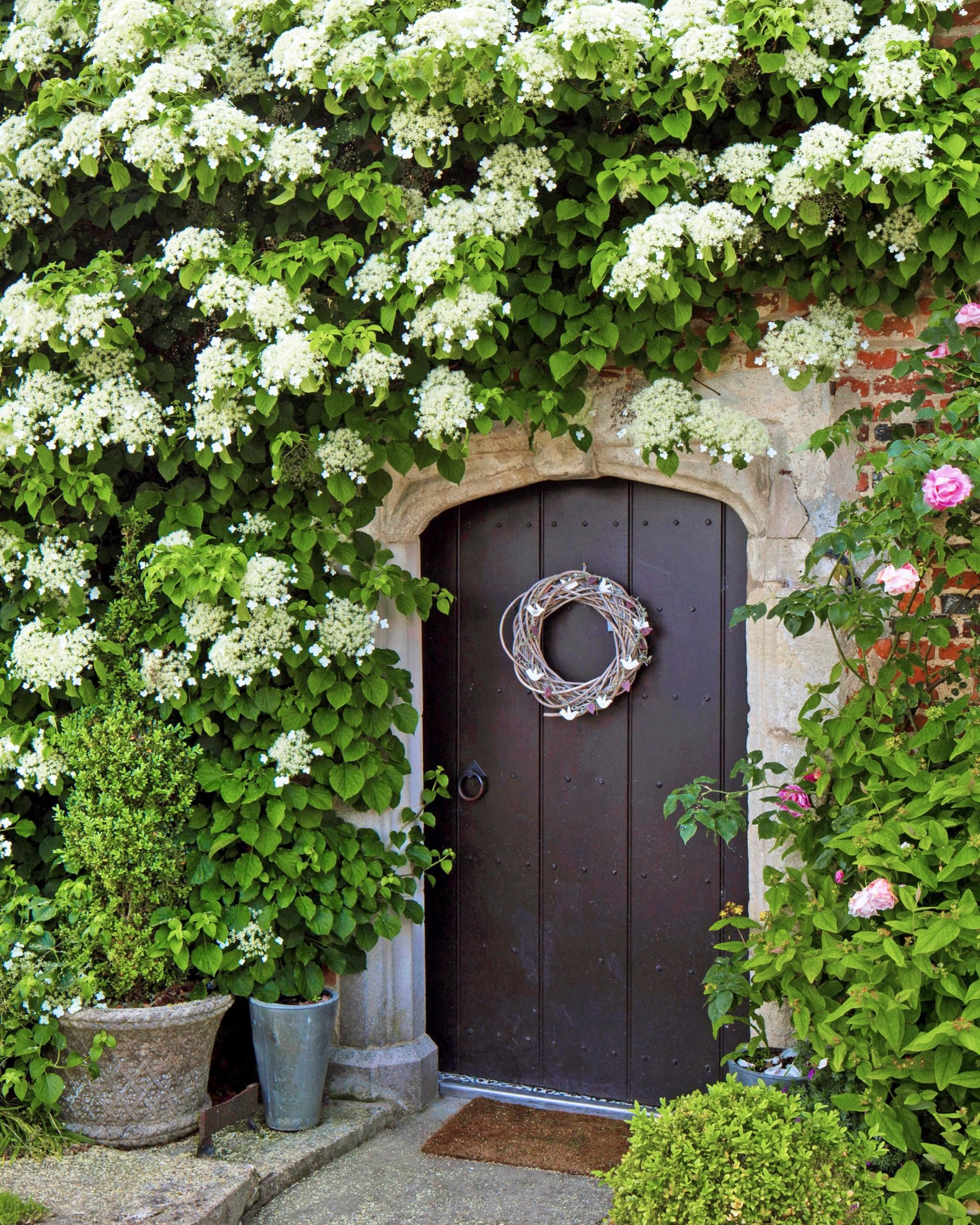How to Grow Beautiful Surfinia® Trailing Petunias
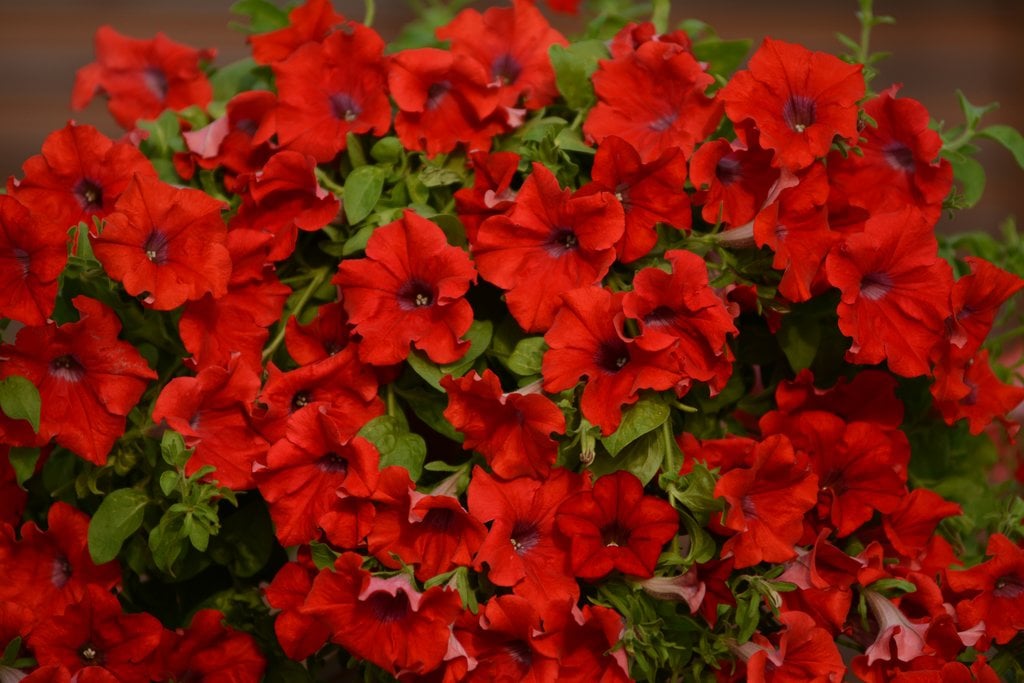
Table of Contents
If you are passionate about gardening, not attaining yield can disappoint you. Growing a Surfinia Trailing Petunia is a constant struggle. Maintaining the ideal conditions for the plant, checking for pests, adequate watering, monitoring nutritional demands, and whatnot! And yet you fail to grow a blossom; we understand how exasperating it can become!
The truth is, we still can not resist growing them. How beautiful they turn out to outweigh every struggle. The vibrant colours of Petunia are extremely pleasing to the eye. Petunia plants, with their vibrance, can add charm to any spot they thrive in. To make your every effort count, here is our guide so you can enjoy the cascading beauty of cultivating Petunias. With this guide, growing surfing will be as easy as doing the laundry. Let us dive in!
Everything You Must Know About Surfinia
Surfinia, a brand name for trailing Petunias, is a popular flower choice for the garden. This registered brand, Surfinia, provides a great variety of Petunia. Surfinia trailing plants, with their vibrant colors, have won hearts with their funnel-shaped and large fluorescence. Being the first trailing petunia brand, the plants are carefully derived from breeding. Surfinia, the first established brand for trailing plants, has been a dominant hand in the market for the last 30 years.
The interbreeding confers features like rain resistance and larger size of flowers than regular plants. The flowers are bred to obtain bedding flowers with weather tolerance and longer blooming duration. Another reason why Surfinia Petunia is the best is because it attracts pollinators like bees and butterflies. This way, populations of biological pollinators are benefited.
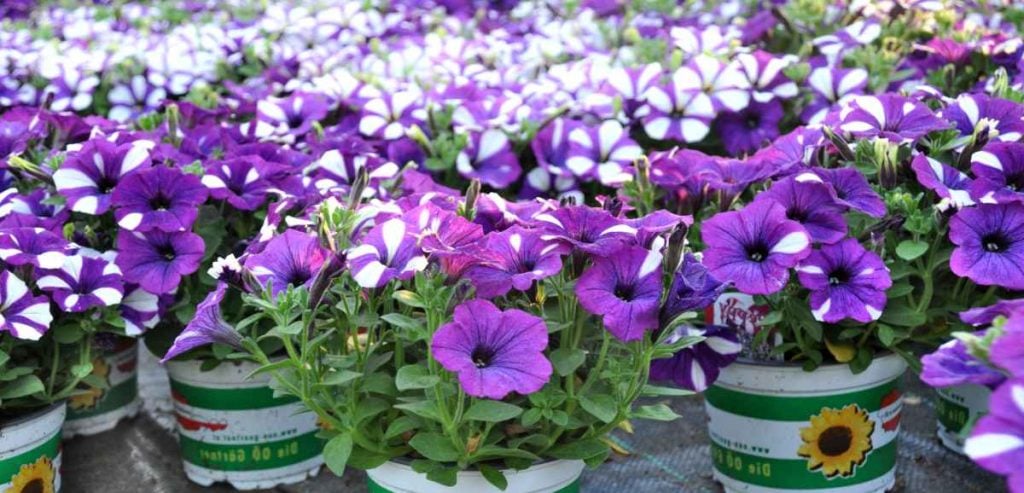
There exist different types of Petunias: Grandiflora, Multiflora, Floribunda, Milliflora, and Trailing Petunia. The low-growing trailing petunia makes an ideal choice for ornamentation in window boxes, balconies, and hanging baskets. Surfinia Trailing Petunias come in a wide range of colors. Light yellow, blue ocean, violet, blue vein, hot pink cherry, and big red are some of the hues of petunias offered by Surfinia.
Sowing the Seeds of Surfinia Trailing Petunia
As we already discussed, Surfinia Petunia is a hybrid species. The plant may produce seeds, but it is a good chance that the seeds might be sterile. If some of the seeds may survive, they will no longer be called Surfinia. This is because Surfinia is a trade name for a species obtained after hybridization. Cross-pollination changes the genetic composition of the seeds. This justifies why the seeds formed from Surfinia Trailing Petunia can not be termed as Petunia.
For the seeds that survive, they can be planted. The result will be the elegant flowers Petunia if the plantlets are ideally maintained. Given below are the steps for harvesting seeds from your Petunia plant:
- Collect seeds from the seed pods of the flower in a container of your choice.
- If you want to store your Petunia seeds, place them in an airtight container or envelope. And refrigerate the seeds.
- An alternative to refrigeration is to place them in a dark and low moisture area.
- If you have seed pods along with the seeds, make sure they are not moist. Moisture can increase the susceptibility to mold.
For planting the seeds, sow them in the soil. - Add adequate amounts of water to the growing seeds. Make sure not to provide too much moisture to the seeds.
- Once the seeds are grown into plantlets, you can subculture them into nursery pots and then plant them outdoors.
Ideal Conditions for Growing Surfinia Trailing Petunia
Mix soil mix and garden mix together. (Only using soil mix can facilitate plant growth and blossoming.) If you wish to grow hanging plants, make sure to use lightweight soil. The best time to sow the seeds for Surfinia Trailing Petunia is after the winter season. If there is a slight chance of frost, you are advised to delay the sowing of the seeds. Purchase Petunia seeds in the early summer or Autumn. April, May, and June are the best months to sow the seeds. As soon as you purchase seeds for the plant, plant them in appropriate pots.
If you want to grow Petunia flowers, the crucial things to take care of are light duration, watering, soil, & fertilization. Let us better understand how to grow Surfinia petunia!

1. Sunlight
Petunia is a full-sun plant, which means it requires sunlight for its growth. In simpler words, Petunia plants love to be under the sun! After sowing the seeds, make sure you place the container in which you have sowed the seeds in a sunny spot. Dark spaces are not meant for the plant. Although the plant loves the sun, it can also tolerate some shade. For flowering of Surfinia Trailing Petunia, the plants must be given at least 6 hours of exposure to the sunlight.
2. Optimum Soil
When considering soil for growing the plant, well-drained soil is preferred. The plant can grow in soil that is neutral or slightly acidic. Soil having organic richness is a better choice. Hydro pebbles can be added to the soil for the water demands of the plant without aiding excessive moisture. The soil with efficient drainage is considered to be ideal for the plant. While planting the flower, make sure sufficient space is left between adjacent plants. The container or pot you use must also have efficient drainage. Loamy or sandy soil is preferred.
3. Watering
Surfinia Trailing Petunia requires consistent watering. The larger blossoms can make the water demands obvious. For seedlings, the water demands are lesser than the plants. But one thing to take care of here is not to allow water logging. This might make the roots of the plant rot. The plant is tolerant to drought extremities, but water logging can adversely affect the plant. If you are doubtful about under-watering your plant, wilted & yellow leaves or cracked soil can indicate the same.
4. Fertilizers
Regular fertilization of the plant can show great results. When your Surfinia Trailing Petunia is growing, you can add fertilizers mixed with water. Liquid fertilizers are mostly preferred because they prevent the burning of the roots of your plant. Choose high-quality plant food for your plant. Multipurpose compost can be added for optimum nutrient supply to the plant. For fertilizing your surfinia plants, prefer organic fertilization rather than chemical fertilizers. There exist specific formulations for surfinia which you can purchase for the best results.
Caring Tips For Your Petunia Plants
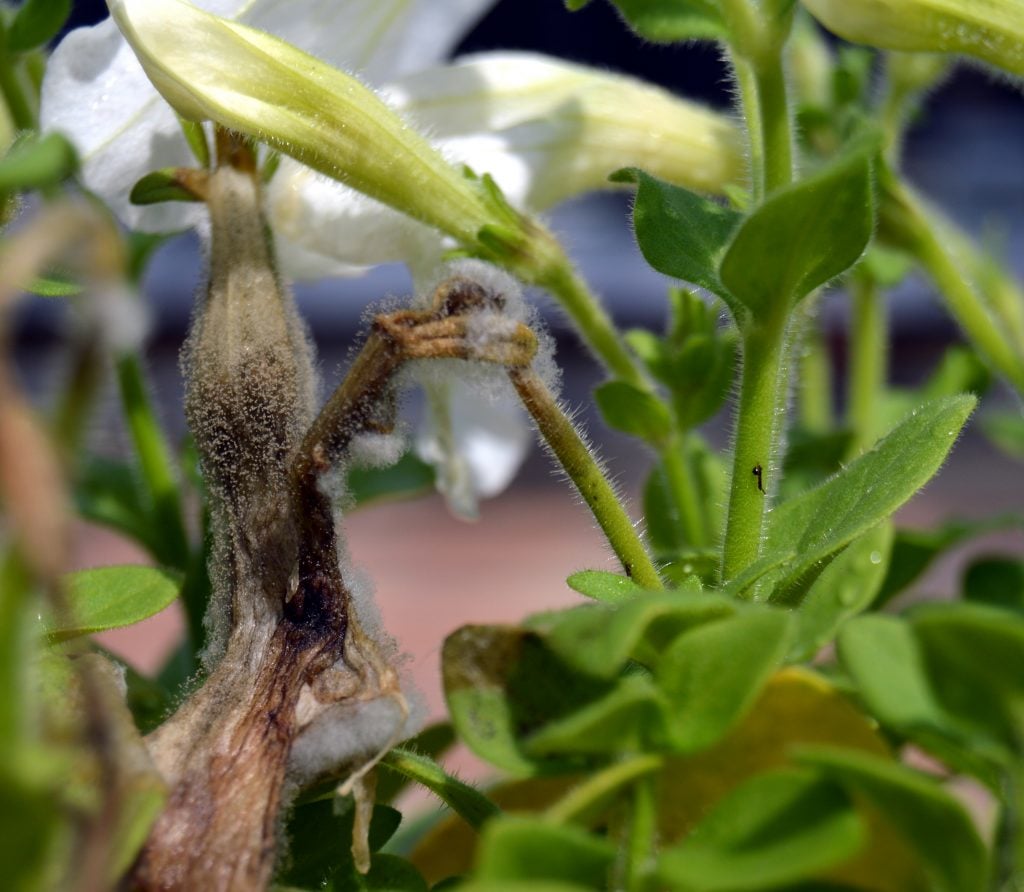
1. Pests & Disease
Plants are susceptible to pests and infections. Naturally, surfinia plants are known to repel pests like asparagus beetles and tomato hornworms. The use of pesticides is not important as long as your plant has no serious threat to any pest. A deficiency of iron in water or hard water can compensate for the yellowing of the plant. If this problem occurs, try adding iron fertilizer to your plant feed.
2. Pruning
Regularly prune your plants. It includes regular cutting of the spent parts of a plant. The stems that do not show growth of flowers must be cut to allow better blossoming of the plant.
3. Maintenance
If you are providing all the necessary nutrients to your Surfinia plant, maintenance almost comes to none. If you are looking for a plant species that require minimal care, we have Petunia for you. Deadheading is not a necessity with petunias. This is because the wilted flowers are removed by the plant itself.
4. Growth
If your Surfinia is becoming too big, you can trim the foliage as per the desired growth. Another option is to subculture it in a new pot, and in no time, you will attain another pleasing foliage of Surfinia.
5. Rain & Winter
Petunias are not tolerant of rain and weather. Although Surfinia’s petunias are weather tolerant, you might want to protect your plant whenever possible. Rain damages the flowers, but it replaces the damage in no time.
6. Propagation
Propagation is a horticulture technique to multiply the number of species or individuals. For wild species, seeds serve as one of the propagation methods. The propagation techniques best suited for Surfinia petunias are cutting and division.
Containers for Growing Surfinia
The type of container you choose for growing Surfinia will depend on where you wish to put your blossom. Pots, garden boxes, and containers are mostly preferred for planting Petunias. But a must in all types of containers is drainage holes. If drainage from the pot is not efficient, the soil and roots can be waterlogged.
Companion Plants
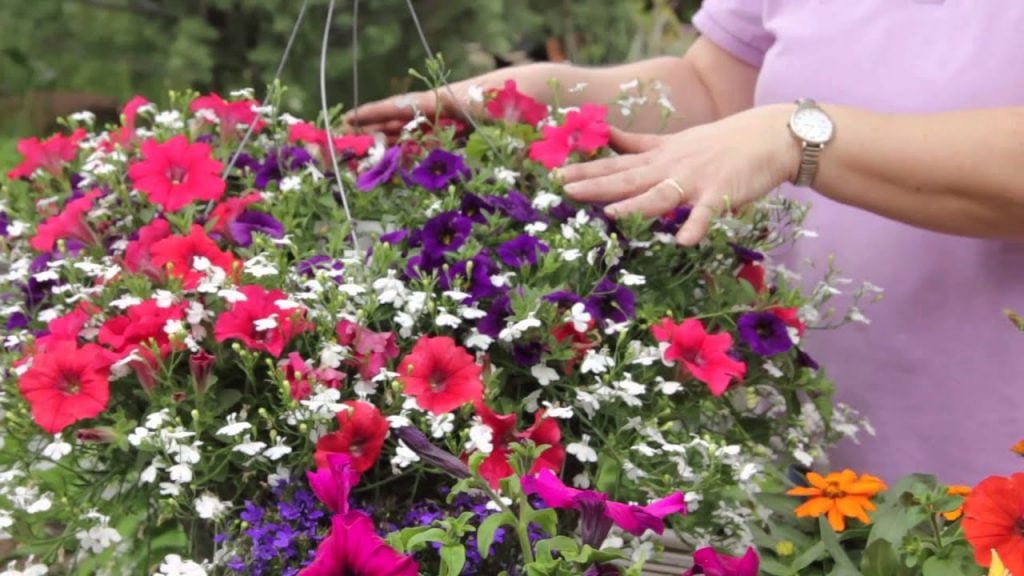
Petunias are bedding plants, so if you want to plant them with other plants, you must be careful. Companion planting of Surfinia is only advised in gardens. While choosing a companion plant for your Surfinia babies, there should exist a height contrast. Salvia, Snapdragon, African Daisy, and Candytuft are a few plants you can try planting with petunias.
Conclusion
Trailing plants can adorn your house if you choose the right spot and the right colour choices. Surfinia, because of its quality of Petunia plants, has provided love with its petunia varieties. The blog covered all the care tips for growing a petunia plant. For nurturing a petunia plant, soil, watering, fertilizers, and light conditions are crucial factors.
Other care tips for Surfinia petunia include protection from pests, weather extremities, and the type of containers you can opt for growing your plant. You can pair it with other flowers to make your home look more exquisite. To maintain a Petunia plant, the efforts and time required are minimal. So you are a person who has a packed schedule, and this plant is for you! Plant a Surfinia trailing plant and upgrade your home with its magnificent bloom.
Frequently Asked Questions
How Often Should I Water Surfinia?
Surfinia requires regular watering. But while watering, make sure you are not doing too much of it. You can regularly water the plants in small portions to not have adverse effects on the plants. When the soil appears to be dry, you can water the plant in the required amount.
When Should I Add Fertilizer to The Surfinia Plant?
Fertilizers play a key role in the development of the plant. You can add liquid fertilizer in a week to the water feed of the plant. To enhance the growth, you can use compost-rich soil. A few Surfinia-specific fertilizers are also available in the market to provide optimum nutritional demands of the plant.
Is It Tough to Care for Surfinia Petunias?
If you are worried about not having enough time to take care of your plant, petunias are the best for you. Petunias require the least amount of care and offer low maintenance. Even if you are a beginner, petunias make the best choice for you.
Should I Plant Surfinia Indoors or Outdoors?
The sunlight requirements of Surfinia make it an ideal outdoor plant. As long as the plant gets sunlight for the required duration, it can be placed indoors. The ideal sun exposure must be provided to the indoor plants. Balcony and windows make the perfect outdoor spaces for gardening petunias.

